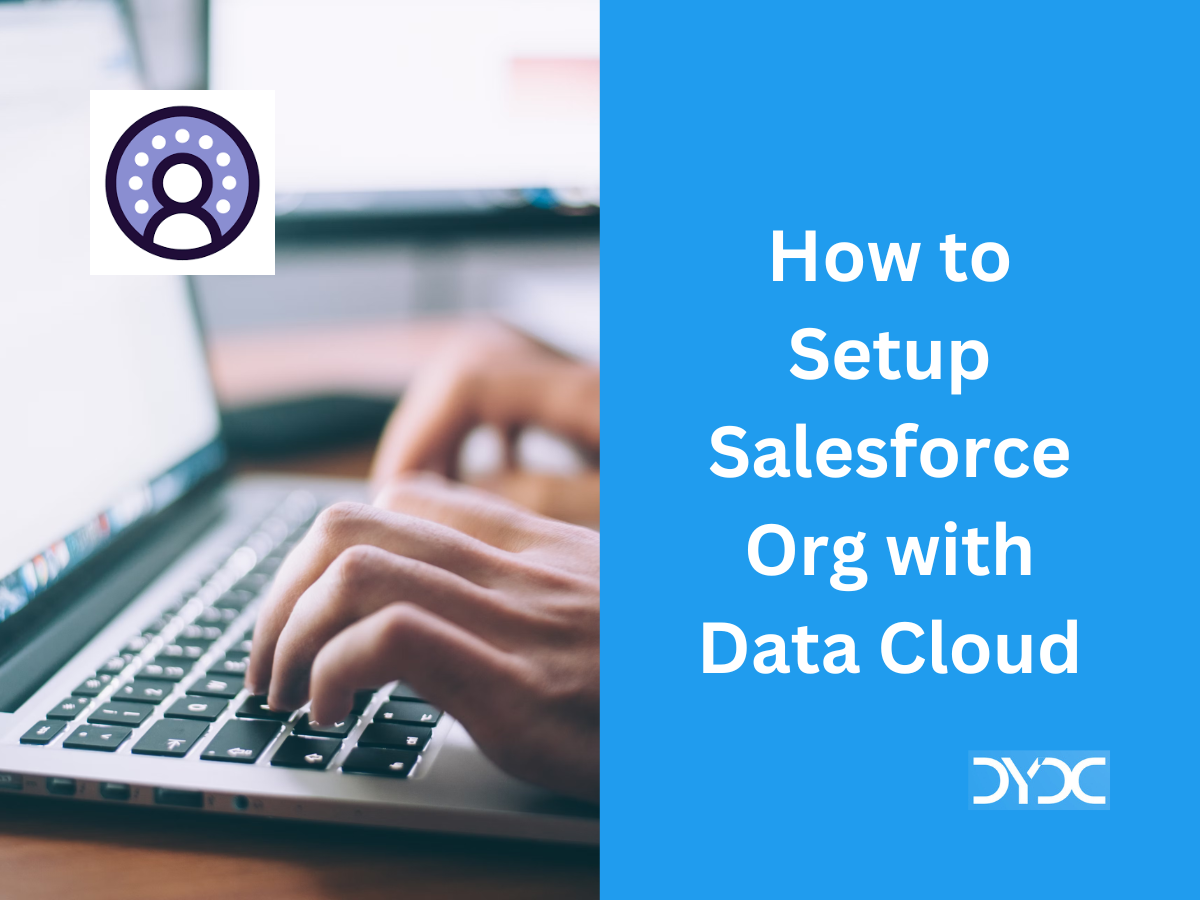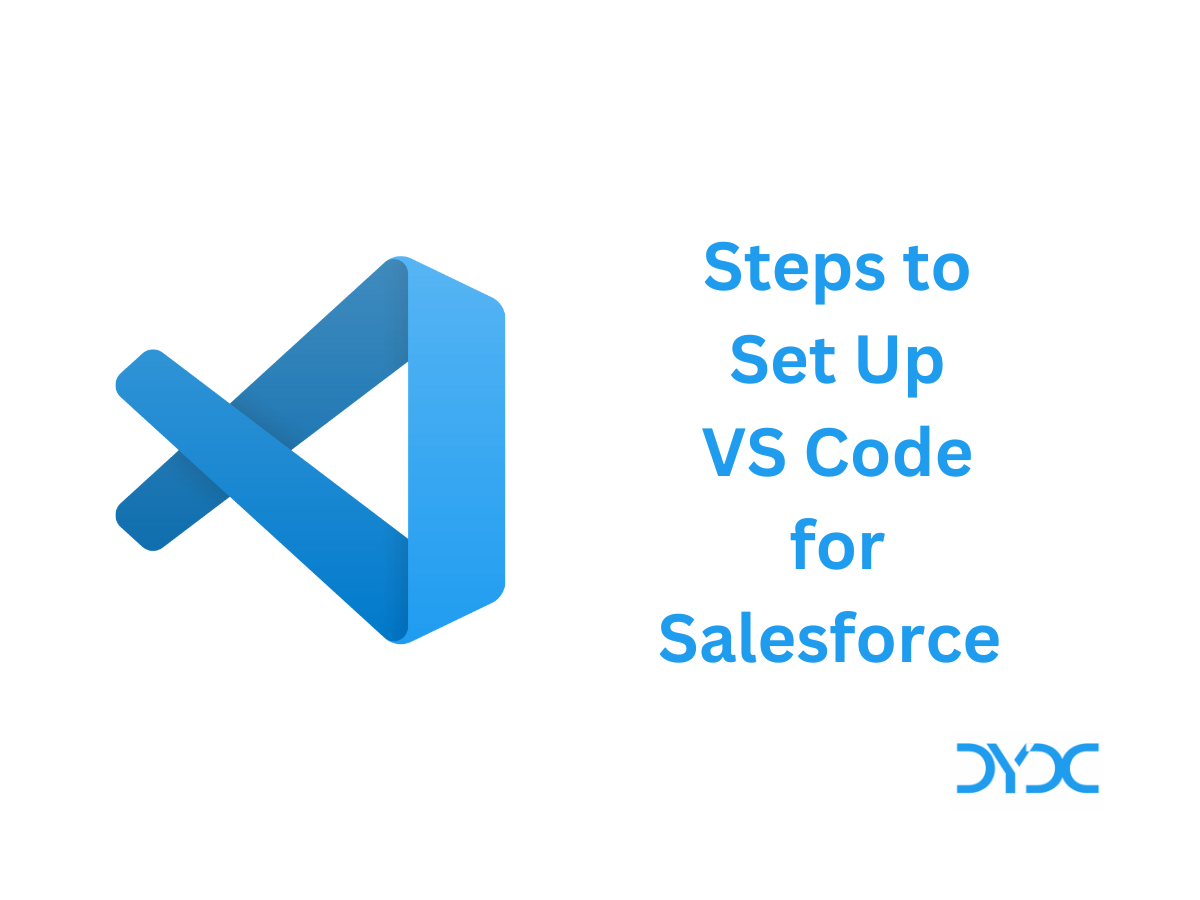Salesforce Login – A Beginner’s Guide.
1. Salesforce Login URL
- Production & Developer Org: https://login.salesforce.com
- Sandbox: https://test.salesforce.com

2. Login Using Custom Domain
If your organization uses custom domain, then you can follow following steps to Login to Salesforce.
Step 1. Click on Use Custom Domain

Step 2. Enter Custom Domain for your organization and click Continue

Step 3. You will be directed to your organization’s login page to complete the login process.
3. How to prevent users from logging in using username and password when SSO is enabled?
If your organization has SSO (Single Sign-On) enabled, you can prevent users from logging in using username and password by checking the Disable login with Salesforce credentials checkbox on Single Sign-On Settings page. Please note that this setting will disable logging in with username and password only for those users who have been assigned Is Single Sign On User permission.

4. How to allow users to log in to Salesforce from only specified IP Ranges?
You can restrict users to log in to Salesforce from outside of allowed IP Ranges by adding Login IP Ranges to the User’s Profile.

5. How to restrict users to log in to Salesforce only during specific hours of the day?
You can restrict users to log in to Salesforce only during specific hours of the day by adding Login Hours to the User’s Profile.

6. Lightning Login
Using Lightning Login you can enable password free login for your users.
Lightning Login relies on Salesforce Authenticator (version 2 or later), the multi-factor authentication mobile app that’s available as a free download for iOS and Android devices. By requiring two factors of authentication for login, Lightning Login adds an extra layer of security.
- The first factor is something that the user has—for example, a mobile device that has Salesforce Authenticator installed and connected with the user’s Salesforce account.
- The second factor is something that the user is, such as a fingerprint, or something that the user knows, such as a PIN. The second level of authentication enhances security by requiring access to the mobile device and the user’s fingerprint or PIN.
Lightning Login isn’t limited to orgs using Lightning Experience. It works in Salesforce Classic, too.
6.1. Enable Lightning Login
Follow these steps to enable Lightning Login.
- From Setup, enter Session Settings in the Quick Find box, then select Session Settings.
- Review the default settings for Lightning Login.
- Make sure that Allow Lightning Login is enabled. You can disable Allow Lightning Login at any time to switch users back to username and password logins.
- Decide if you want to make Lightning Login available to all users or only users with the Lightning Login User permission.

- Confirm that a Standard session security level is appropriate for this login method.Lightning Login establishes a Standard security level for the user’s session. Standard is the default security level for the Username Password method that Lightning Login typically replaces. If needed, you can change the security level to High Assurance.
- Assign the Lightning Login User permission to users in the user profile or permission set. Lightning Login isn’t supported for external users.
6.2. Enroll in Lightning Login
If a Salesforce admin made you eligible to enroll in Lightning Login, enroll yourself. An admin can’t enroll for you.
- Have your mobile device in hand so that you’re ready to approve the enrollment notification.Lightning Login requires Salesforce Authenticator (version 2 or later), the two-factor authentication mobile app that’s available as a free download for iOS and Android devices. If you aren’t already using Salesforce Authenticator, enrollment includes a few extra steps. You’re guided through downloading and installing Salesforce Authenticator, connecting it to your Salesforce account, and setting up a second factor of authentication (fingerprint or PIN).
- From your personal settings, enter Advanced User Details in the Quick Find box, then select Advanced User Details. No results? Enter Personal Information in the Quick Find box, then select Personal Information.
- Click Enroll next to the Lightning Login field.If you don’t see this option, your admin hasn’t made you eligible to enroll.
- At the prompt, check the Salesforce Authenticator notification on your mobile device and approve the request.
- At the prompt, provide your fingerprint or PIN on the mobile device.
7. Custom Login Flows
A login flow directs users through a login process before they access your Salesforce org or Experience Cloud site. You can use a login flow to control the business processes that your users follow when they log in to Salesforce.
After Salesforce authenticates a user, the login flow directs the user through a process, such as enforcing strong authentication or collecting user information. When users complete the login flow successfully, they’re redirected to their Salesforce org or site. If unsuccessful, the flow can log out users immediately.
Here are some example use cases of Login Flow.
- Enhance or customize the login experience by adding a logo or login message.
- Collect and update user data, such as an email address, phone number, or mailing address.
- Interact with users, and ask them to perform an action. For instance, you can ask them to complete a survey or accept terms of service.
- Connect to a Salesforce Customer Identity service or geo-fencing service, and collect or verify user information.
- Enforce strong authentication, like implementing a multi-factor authentication (MFA) method using hardware, biometric, or another authentication technique.
- Run a confirmation process. For example, have a user define a secret question, and validate the answer during login.
- Create more granular policies like setting up a policy that sends a notification every time a user logs in during non-standard working hours.
7.1. Steps to Implement a Login Flow
Step 1. Create a Flow in Flow builder
Step 2. Designate the flow as a Login Flow and associate it with specific profiles in your or org.
Go to Setup -> Identity -> Login Flows and fill in the requested Details

8. How to Enable Log In as Another User in a Salesforce Org?
Sometimes to troubleshoot issues, admins may need to log in to a Salesforce org as another user. Please refer below video by Salesforce Support for steps to enable Administrator to Log in as Any User:
Please follow steps below to log in as another user:
- From Setup, enter Users in the Quick Find box, then select Users.
- Click the Login link next to the username. This link is available only for users who have granted login access to an admin or in orgs where admin can log in as any user.
- To return to your admin account, select User’s Name | Logout.
How to Restrict Users to Login Only Through Single-Sign On?
To restrict users to log in to Salesforce only with SSO, follow below steps.
- Disable direct logins through login.salesforce.com.
- In Setup, in the Quick Find box, enter Company Settings, then select My Domain.
- In the Policies section, click Edit.
- Set the Login Policy by selecting Prevent login from https://login.salesforce.com, then save your changes.
- Disable logins using Salesforce credentials.
- In Setup, in the Quick Find box, enter Single Sign-On, then select Single Sign-On Settings.
- Click Edit.
- In Delegated Authentication, select Disable login with Salesforce credentials, then save your changes.
- Enable SSO at the profile level.
- From Setup, in the Quick Find box, enter Profiles, then select Profiles.
- Edit the desired profile, then find the Administrative Permissions section.
- Select Is Single Sign-On Enabled, then save your change.
You can also use a permission set to assign this permission to specific users.
You can refer to below video by Salesforce Support for details:
9. Troubleshoot Common Login Issues
To resolve common login problems, try these solutions:
- Forgot your password? You can easily reset it using the forgot password link on the login page. All you need is your username.
- Locked out? Wait until the lockout period expires and try again, or contact your Salesforce admin.
- Password expired? Salesforce will prompt you to change your password.
- Accessing Salesforce from outside a trusted IP range, using a new browser or app? Salesforce will prompt you to verify your identity.
For detailed list of login issues please refer this knowledge article!
Written By…

Umesh is a 2x Salesforce & Copado Certified Salesforce Consultant with rich experience in Salesforce Marketing Cloud & Salesforce Administration.
Recommended Articles


